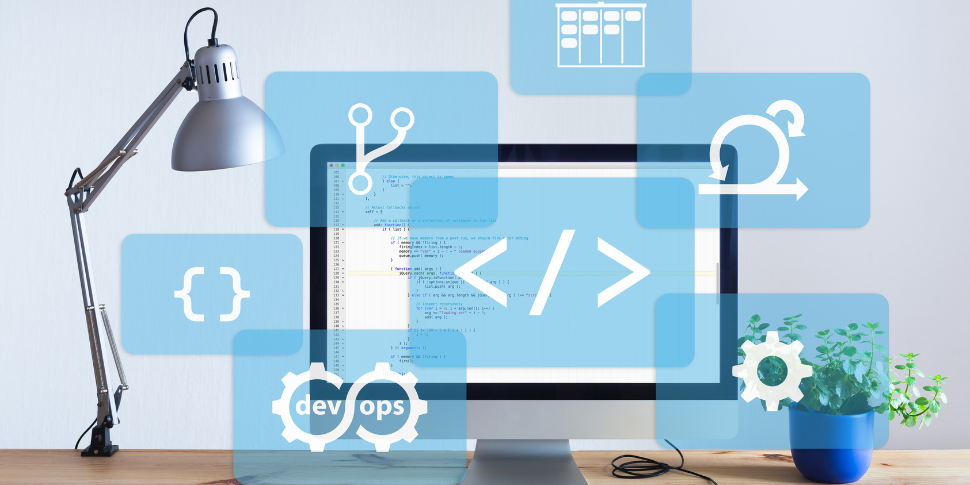In the dynamic realm of software development, where agility and efficiency reign supreme, DevOps emerges as a game-changer. This comprehensive guide not only demystifies the essence of DevOps but also sheds light on its pivotal role in the contemporary landscape of cloud computing.
Understanding DevOps
Short for Development and Operations, is a methodology that unifies software development and IT operations. It emphasizes collaboration, automation, and continuous feedback throughout the software development lifecycle.
This integration aims to deliver high-quality software more rapidly, a crucial aspect for businesses navigating the competitive waters of the digital era.
Facilitating Collaboration for Efficiency
Breaking the traditional silos between development and operations teams is the cornerstone of DevOps. This collaborative approach ensures seamless communication and synergy, expediting the development process.
Imagine development and operations not as isolated entities but as collaborative forces, working harmoniously towards a common goal.
Automation: The Engine Driving DevOps Efficiency
Automation acts as the engine propelling development and operations towards efficiency. From automated testing to continuous integration and deployment, automation minimizes errors and accelerates delivery.
This shift not only enhances speed but also ensures the reliability of the software being delivered, a crucial factor in the cloud-centric landscape.
Continuous Integration and Continuous Deployment: The DevOps Duo
Continuous Integration (CI) involves regularly integrating code changes into a shared repository, preventing integration issues. This process seamlessly transitions into Continuous Deployment (CD), where code changes are automatically deployed to production after passing tests. The result?
A streamlined, error-free, and continuous delivery pipeline—a vital aspect for businesses looking to stay ahead in the ever-evolving digital landscape.
Monitoring and Feedback: The DevOps Compass
It emphasizes continuous monitoring, ensuring that applications and infrastructure are under constant scrutiny. This vigilant approach allows for prompt issue identification and informed decision-making, a crucial aspect of maintaining a robust and resilient cloud infrastructure.
Implementation Essentials: A DevOps Culture
Implementing DevOps goes beyond tools and processes; it necessitates a cultural shift. A culture emphasizes collaboration, shared responsibilities, and a mindset focused on continuous improvement. It’s not just about what tools you use; it’s about how your teams work together.
Navigating Tools and Technologies
Practical implementation of DevOps involves a myriad of tools and technologies. From version control systems to containerization and orchestration tools, choosing the right set ensures a smooth and efficient journey. Selecting tools that align with cloud computing principles enhances scalability and flexibility, two key pillars of successful cloud services.
The Impact on Time, Collaboration, and Cost
DevOps isn’t just a buzzword; it’s a catalyst for transformation. It accelerates time-to-market, enhances collaboration, ensures software reliability, and optimizes costs.
Conclusion:
Unlocking Potential in the Cloud-centric Era
In conclusion, DevOps is not just a methodology; it’s a strategic approach reshaping how businesses navigate the software development landscape.
As you embark on this journey, remember, it’s not just about the destination; it’s about the efficiency and resilience you build along the way.



